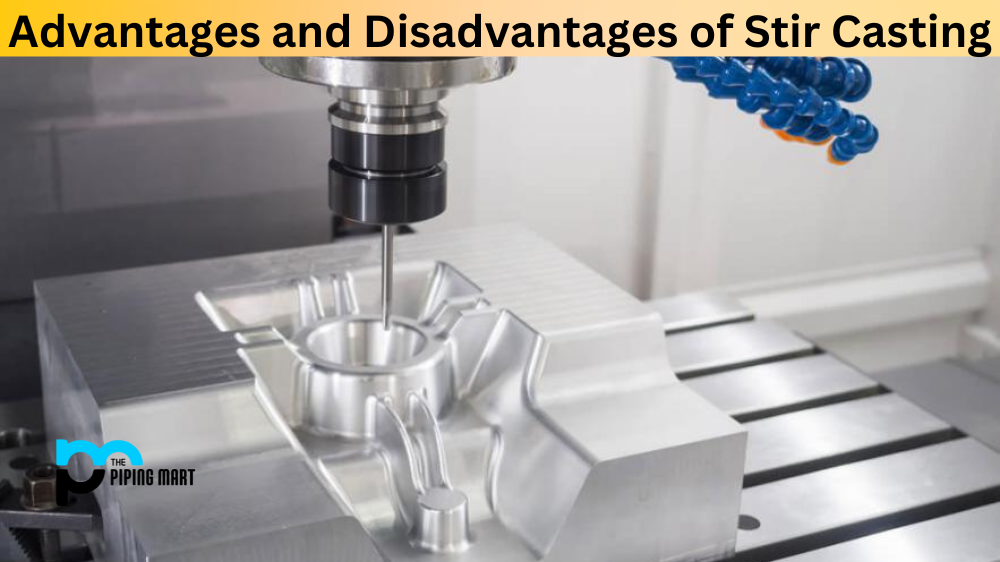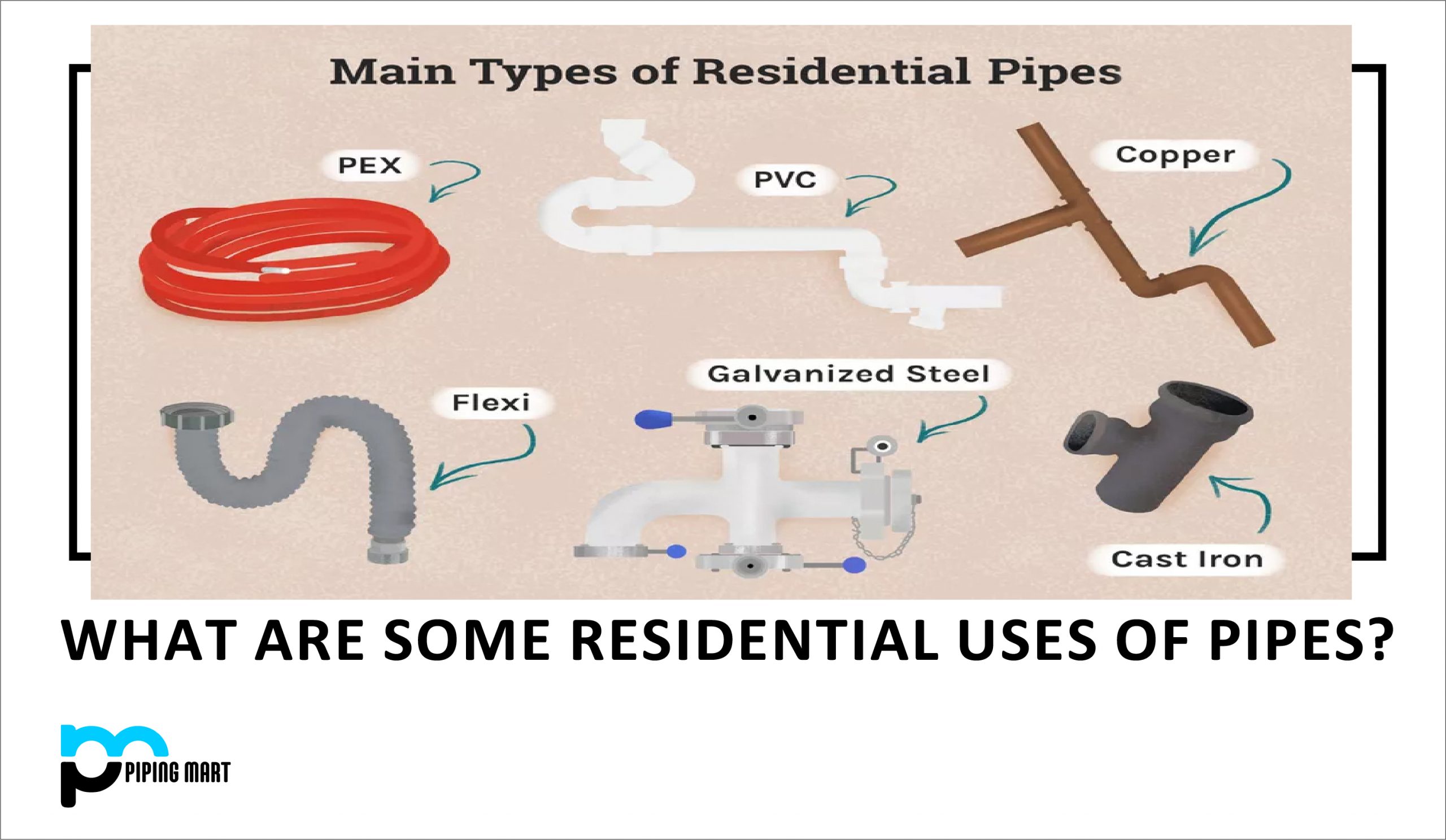Stir Casting is a popular manufacturing process used for several decades to produce metal matrix composites. It involves mixing molten metals to create high-performance materials resistant to wear, corrosion, and extreme temperatures. As with any manufacturing process, businesses should know several advantages and disadvantages of stir casting before implementing this method. In this blog post, we will explore the benefits and drawbacks of stir casting in detail.
Advantages of Stir Casting
Stir Casting is an economical and efficient process offering several distinct advantages. It produces a homogeneous alloy with fine grain structure, increased strength and flexibility, lower costs, reduced machining time and scrap rates, faster production cycle times for small-sized parts, improved fatigue properties, and better corrosion resistance. The following are some advantages to stir Casting:
Cost-effective
Stir Casting is a cost-effective manufacturing process because it produces high-quality metal matrix composites at a relatively low cost. It requires less energy and equipment compared to other methods of manufacturing.
Customization
The process can be customized to meet specific size, complexity, and design requirements. This means businesses can tailor the process to meet their needs and produce materials more suited to their applications.
High-quality materials
Stir Casting produces high-quality metal matrix composites resistant to wear, corrosion, and extreme temperatures. These materials are ideal for high-performance aerospace, automotive, and military applications.
Ease of use
The stir casting process is relatively easy to use and does not require specialized skills or equipment. The simplicity of the process means that businesses of all sizes can easily adopt it.
Disadvantages of Stir Casting
Stir Casting is cost-effective and capable of producing complex parts in high volumes, but it has some major drawbacks. The most significant is a weak mechanical strength due to the coarse grains created by the stirring process. Additionally, some metals can be difficult to completely mix homogenously with each other, creating the potential for defects or irregularities in the alloy composition. The following are some drawbacks to stir Casting:
Limited Material Selection
One notable disadvantage of stir casting is that it is limited to a few select materials. This is because the process requires metals with similar melting points, limiting the range of materials that can be used.
Limited Structural Integrity
Stir Casting produces materials with limited structural integrity compared to other manufacturing methods. This means the materials are more prone to deformation and cracking under stress.
Limited scaling
Scaling up the stir-casting process can be challenging, especially when manufacturing large components. The process can be time-consuming and requires the use of larger equipment, which can significantly increase the cost of production.
Porosity
The stir-casting process can sometimes produce porosity or air pockets in the final product. This can reduce the quality and performance of the material, particularly in high-stress applications.
Conclusion
Stir Casting is a popular manufacturing process that has several advantages and disadvantages. While it is a cost-effective and easy-to-use method that produces high-quality materials, it is also limited in material selection, structural integrity, and scaling. It is essential for businesses to carefully evaluate the pros and cons of stir casting before incorporating it into their manufacturing processes. Factors such as cost, customization, and material requirements, among others, must be carefully considered to ensure that the method’s benefits outweigh the drawbacks.

Abhishek is a seasoned blogger and industry expert, sharing his insights and knowledge on various topics. With his research, Abhishek offers valuable insights and tips for professionals and enthusiasts. Follow him for expert advice on the latest trends and developments in the metal industry.



